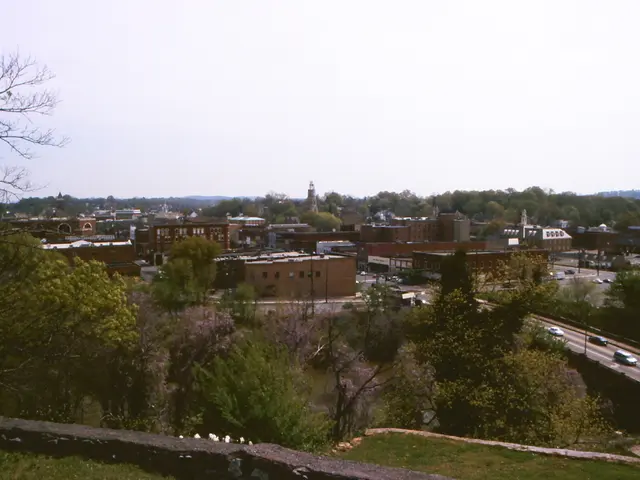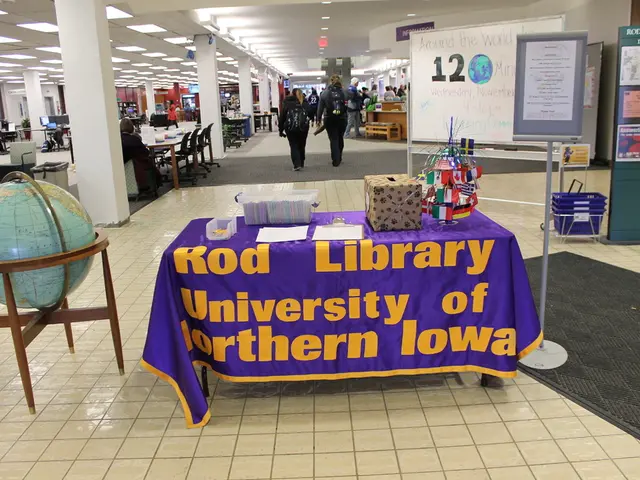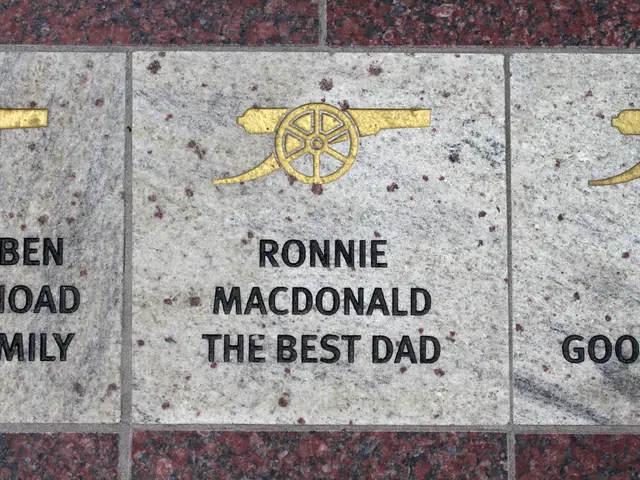City Initiates Ward-Themed Tours, Including Vũng Tàu, Sài Gòn, and Chọ̏ Lȍ́n Tours
Ho Chi Minh City, Vietnam, is undergoing a significant transformation, with the creation of new wards such as Saigon Ward and the establishment of the Con Dao Special District. These changes are expected to have a profound impact on tourism in the region, presenting both challenges and opportunities for tourism companies.
Thành, the general director of Unisky Travel, believes that in the digital marketing era, clear direction is crucial to avoid confusing visitors. In response, tourism companies are adopting strategies to attract more international tourists, such as enhancing infrastructure, promoting cultural and historical tours, and diversifying tour packages.
One of the businesses embracing these changes is Unisky Travel. The company is redesigning tour itineraries to evoke vivid images for tourists, with each location tied to a unique narrative. They are also suggesting that the city's tourism authorities produce a new, user-friendly tourism map reflecting the administrative updates. The company's address will now read Sài Gòn Ward.
Other tour operators are following suit. An inbound travel company on Trần Quốc Thảo Street is preparing to launch a refreshed tour line using the city's new ward names. The travel agency based in Vũng Tàu Ward sees the city's newly named wards as a creative opportunity to expand previously limited tour offerings. They are even planning to recruit local residents as part-time tour guides to share their intimate knowledge of their areas.
The cultural stories of Sài Gòn, Gia Định, and Chợ Lớn will be highlighted in the new tours, providing visitors with a deeper understanding of the city's rich history. The representatives of the travel agency believe that locals can tell stories with authenticity, adding a unique touch to the tour experience.
However, these changes might initially cause confusion among tourists. Companies need to adapt quickly to the new administrative structure to avoid any inconvenience. The travel agency in Vũng Tàu Ward, for instance, has not yet updated its address or tour titles.
To overcome this, Thành recommends that travel companies step up digital promotion through social media platforms, search tools, and online maps. He also suggests that media outlets and digital channels should be used to convey messages and establish destination branding.
In conclusion, the reorganisation of Ho Chi Minh City offers a chance to rebrand and highlight previously underappreciated areas, potentially attracting more tourists interested in exploring new destinations. By focusing on cultural heritage, sustainable practices, and enhanced infrastructure, tourism companies can capitalise on the city's reorganisation to attract more international tourists.
- The cultural stories of Saigon, Gia Dinh, and Cho Lon will be highlighted in the new tours, providing visitors with a deeper understanding of the city's rich history.
- Companies need to adapt quickly to the new administrative structure to avoid any inconvenience for tourists.
- To overcome the initial confusion of the new ward names, Thành recommends that travel companies step up digital promotion through social media platforms, search tools, and online maps.
- In the digital marketing era, by focusing on cultural heritage, sustainable practices, and enhanced infrastructure, tourism companies can capitalize on Ho Chi Minh City's reorganization to attract more international tourists.





